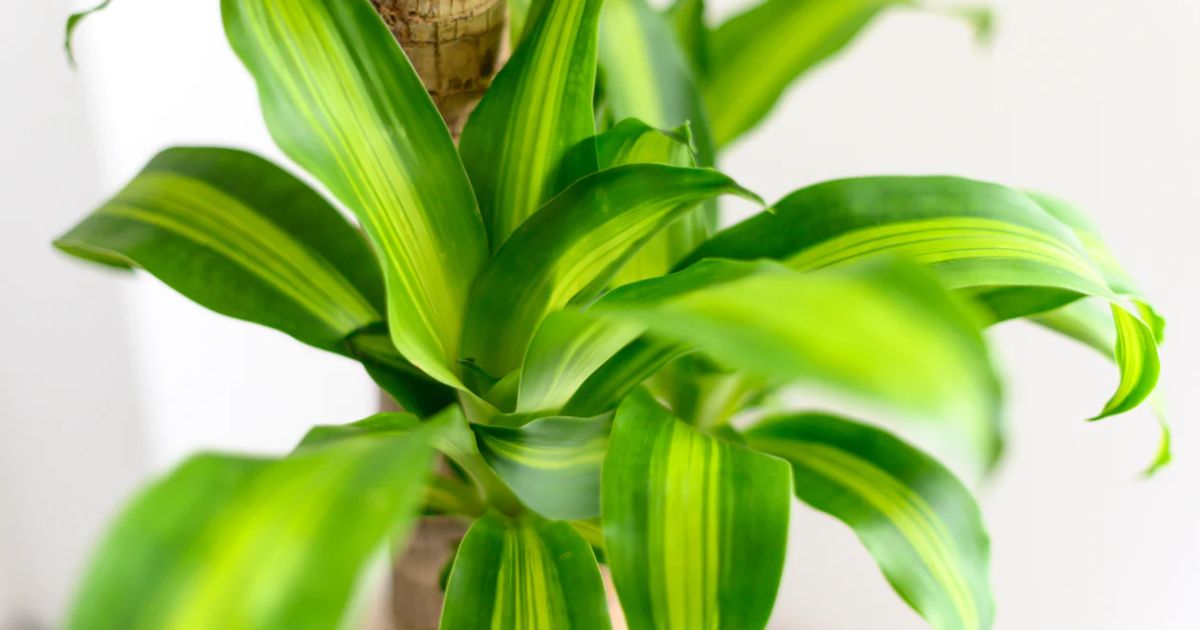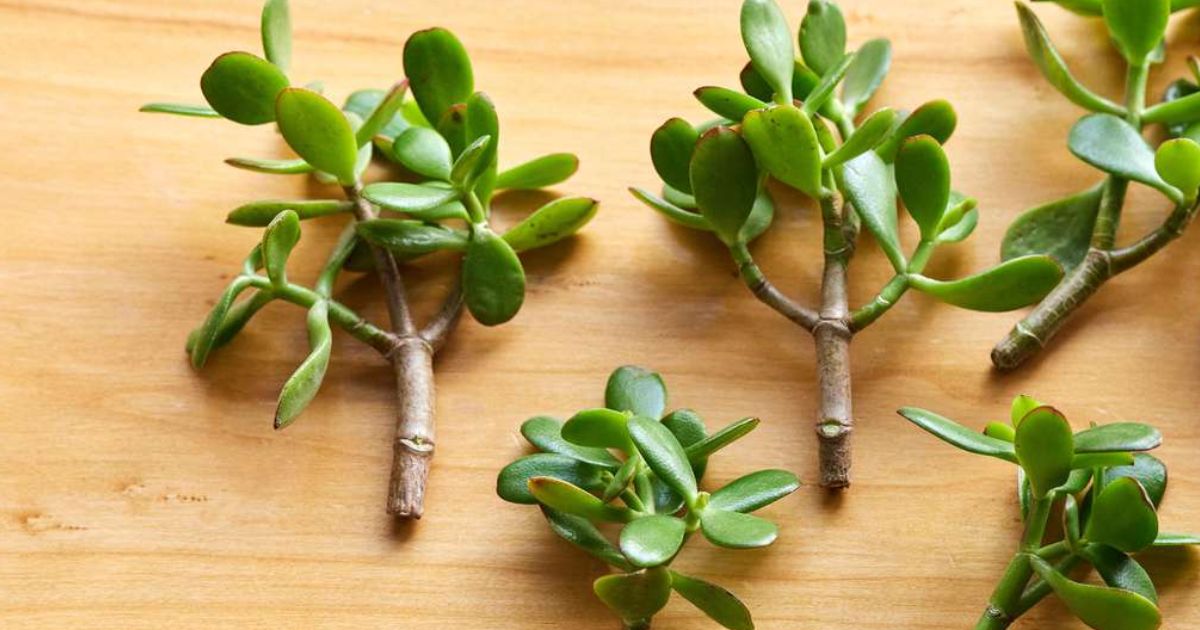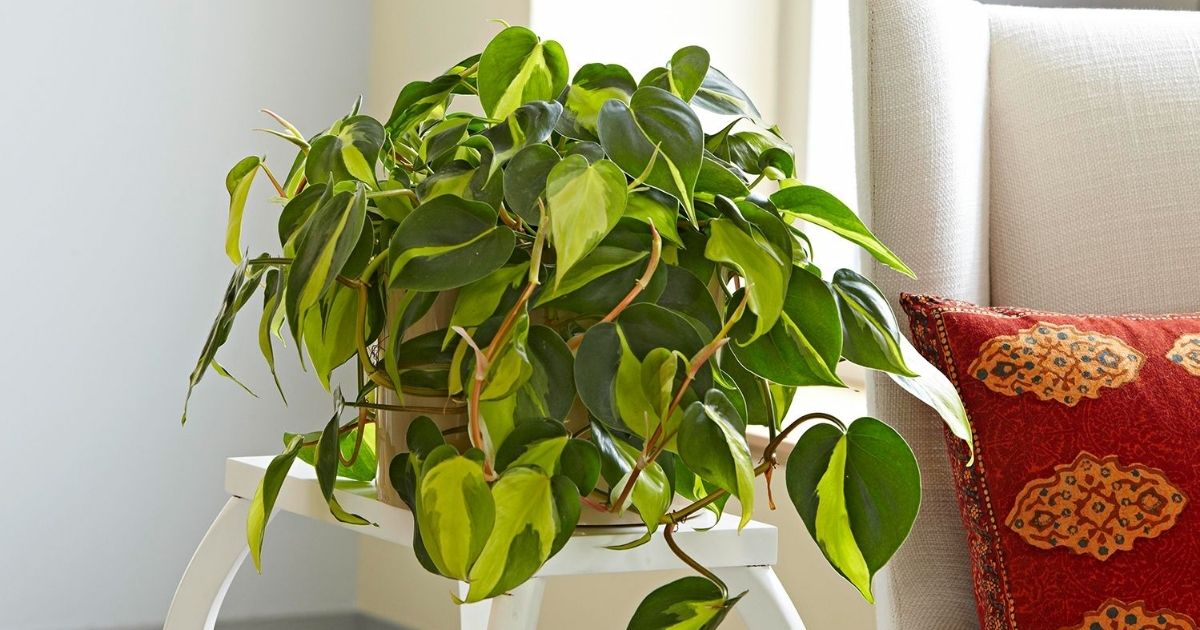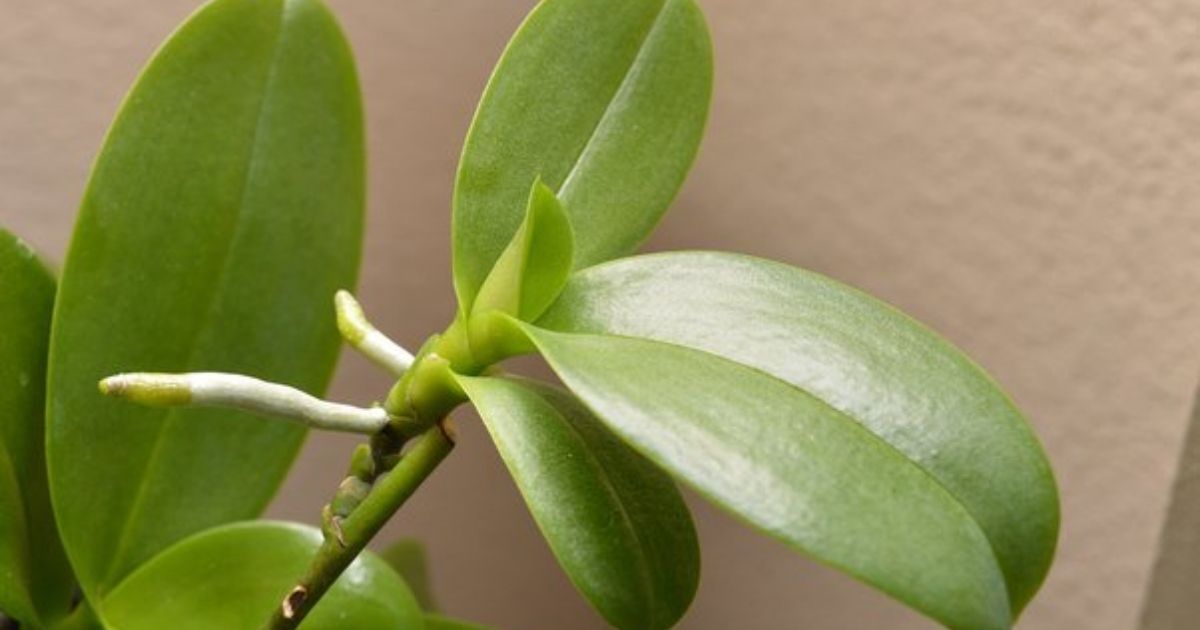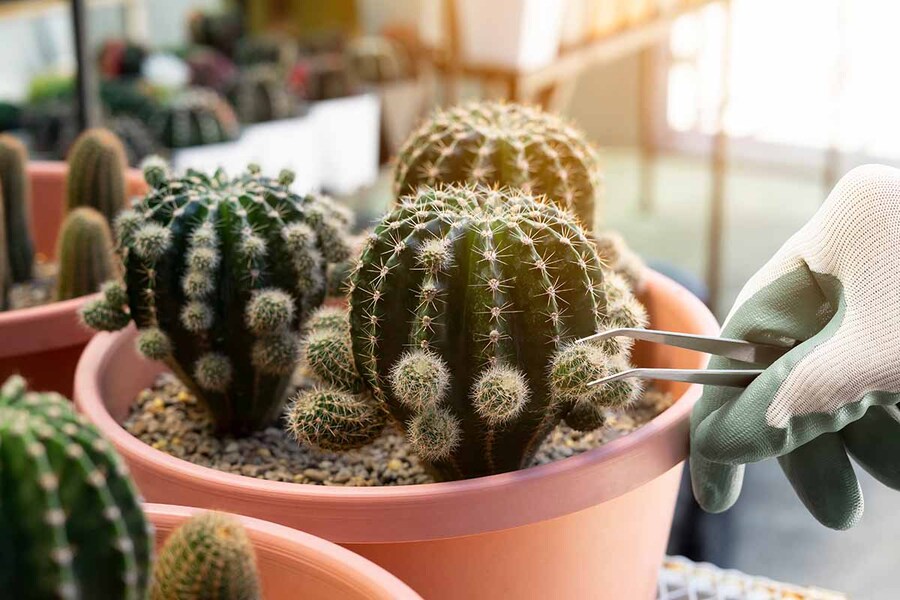13 Air Purifying Indoor Plants For A Clean Home Environment
Are you looking for a way to reduce toxins in your home? The germs and toxins you can't see are often the most harmful. But no worries. These air purifying plants can remove toxins and improve air quality for your environment.
According to research from Rania El-Tanbouly, air purifying indoor plants enhance air quality, remove pollutants, and reduce bacterial spread.
Wait no more! We have researched and given the 20 best plants that clean the air for your environment. Read on for our list now.
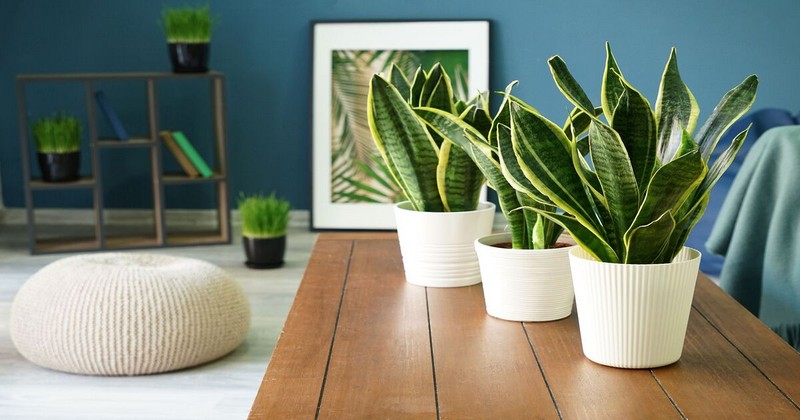
13 Best Air Purifying Indoor Plants
Before jumping into the details of the 13 best air purifying plants, let’s take a snapshot at the table below.
|
Air Purifying Indoor Plants |
Care Advice |
Toxins Removed |
|
Devil’s Ivy or Pothos |
Water weekly or whenever the soil feels dry |
xylene, benzene, formaldehyde, and trichloroethylene |
|
Peace Lily |
Place it in bright, indirect light and moisten the soil to keep it thriving. |
benzene, carbon monoxide, formaldehyde, trichloroethylene, xylene |
|
Philodendron |
Ensure it has plenty of sunlight, fertilizer, and water. |
formaldehyde |
|
Spider Plants |
Report the tiny 'siderites' and grow a whole family of plants that will care for themselves. |
formaldehyde and xylene |
|
Chrysanthemum |
Place it near a sunbathed window |
ammonia, benzene, formaldehyde, and xylene |
|
Rubber Plants |
Can be toxic to dogs and cats.. |
xylene, benzene, formaldehyde, and trichloroethylene |
|
Boston Fern |
Mist a few times a week, or keep it in a bathroom. Keep out of direct sunlight. |
formaldehyde and xylene |
|
Pineapple palm |
Keep close to sunlight or in a conservatory. Wait until the soil has dried out before watering, and then water the leaves and soil. |
|
|
Snake Plant |
Don't overwater, as the roots are prone to rot in moist soil. Place them somewhere tolerating bright, even direct light for a few hours daily. |
formaldehyde, trichloroethylene, benzene, and xylene |
|
Aloe Vera |
Best thrive in a sunny condition location. |
formaldehyde |
|
English Ivy |
Provide itwith generous watering and four hours of direct sunlight daily. |
formaldehyde and benzene |
|
Flamingo Lily |
Keep it close to bright areas but away from direct sunlight. Water it once or twice weekly and place it in a humid area. |
Formaldehyde, Ammonia, Xylene, Toluene |
|
Chinese Evergreen |
Mist the leaves occasionally to prevent browning |
formaldehyde and xylene |
Devil's Ivy or Pothos
Pothos (also called Devil's Ivy) is a tropical vine plant that has adapted well as a hardy houseplant. Even if you don't have the skill to grow, then don't worry. This plant can be sustained in various lighting conditions.
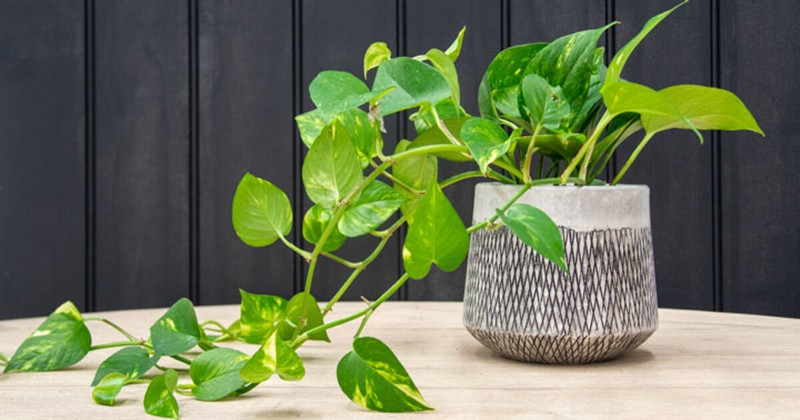
Moreover, Devil's Ivy loves indirect sunlight and only needs to be watered when dry. In fact, the name “Devil" means it's impossible to rot and stays green even when put in near darkness.
So, no matter where you put it, you'll have a beautiful and healthy addition to your space.
Peace Lily
A long-time favorite for houseplant lovers, the Peace Lily is one of the best indoor plants for health. It can help purify certain harmful compounds like trichloroethylene, formaldehyde, benzene, and xylene. If you want to add this one to your plant collection, it's worth knowing that it is poisonous to cats and dogs. So keep your pets away from Peace Lily!
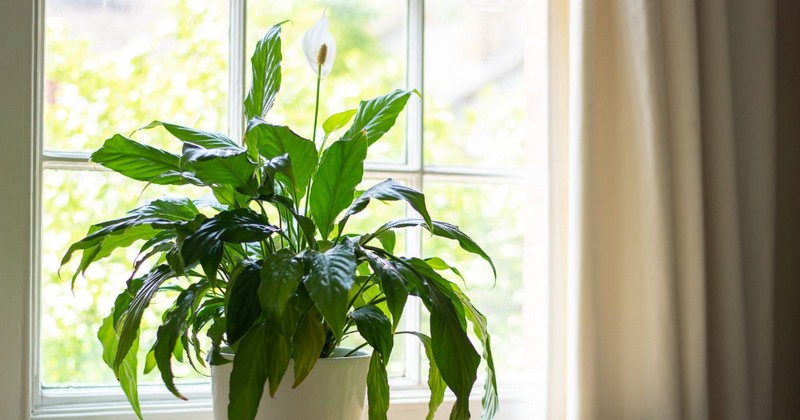
But pay attention to the dry period of Peace Lily. If you neglect to water this plant for too long, its leaves will turn brown. Here are some signs that your peace lily is in a dry period:
- The leaves are drooping or wilting.
- The soil feels dry to the touch.
- The pot feels lighter than usual.
- The edges of the leaves are turning brown or crispy.
Philodendron
Famous for large, glossy green leaves, the Philodendron purifies the air by removing formaldehyde — a chemical compound that tends to occur in building materials. It also looks beautifully placed at home, so you can be sure that it will also clean the air for you.

With glossy, heart-shaped leaves, this plant is a fast-growing and super forgiving houseplant that sustains in low to bright light. Putting the trailing plant on a bookshelf or cabinet is a good idea and allows the vines to drape down the side.
Spider Plant
If you are looking for plants with air-purifying functions, consider the spider plant. This plant removes certain carbon monoxide and xylene pollutants, a solvent typically used within the printing and rubber industries.

Some mature spider plants have white flowers. Then, they develop into baby siderites that can be deleted and rooted in water or soil.
If you have pets at home, don't worry. This is one of the few houseplants that is non-toxic to animals.
Chrysanthemum
Chrysanthemums, or disbuds or mums, are a great addition to any floral collection and serve as one of the best indoor plants for oxygen. Although they can be hard to grow initially, once successfully planted, they will be beautiful and colourful blooms.
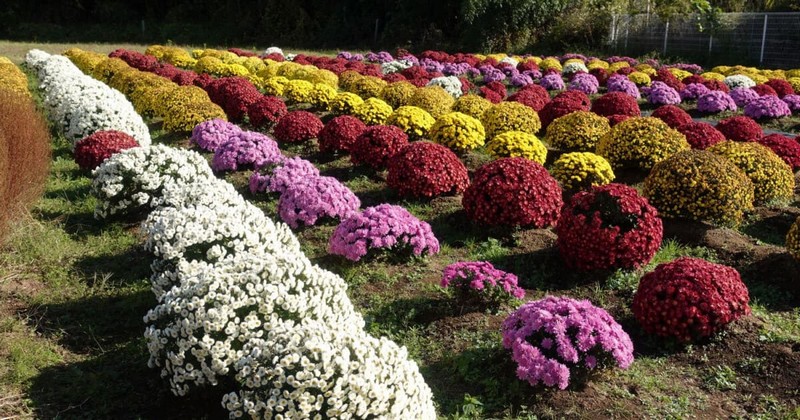
This plant is also best known for its ability to decrease the concentration of toxic agents including trichloroethylene, formaldehyde, benzene, xylene, and ammonia from indoor air. This benefit will improve your air quality and make you breathe better when being at home.
Rubber Plants
This hardy, low-maintenance houseplant is famous among many of the best indoor plants due to its striking look. The ability of rubber plants to filter the air is well documented.
Formaldehyde, benzene, and carbon monoxide are prevalent indoor pollutants that can be absorbed by them, giving your room a fresher atmosphere. Additionally, the plant can remove bacteria and mold spores in the air, enhancing air quality.
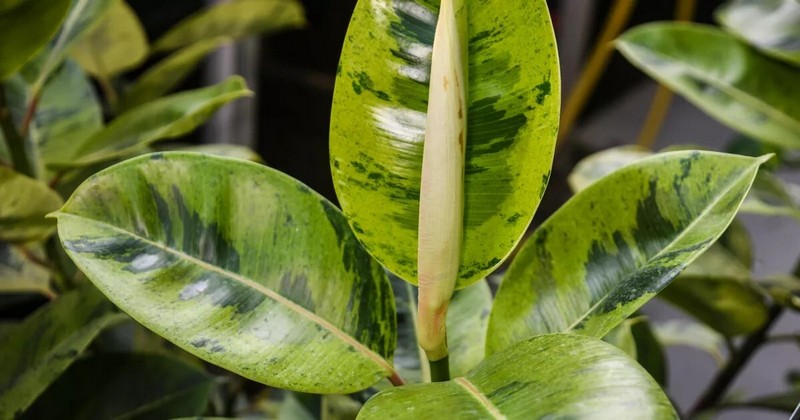
Keep your pets and small children away from rubber trees. The Rubber Tree is toxic when the leaves are ingested or when the sap sits on the skin for too long.
Boston Fern
Boston Fern can help remove formaldehyde, xylene, toluene, and benzene. Because of these air-purifying features, the Boston Fern produces great health benefits for those with dry skin or irritable dry noses or throats.
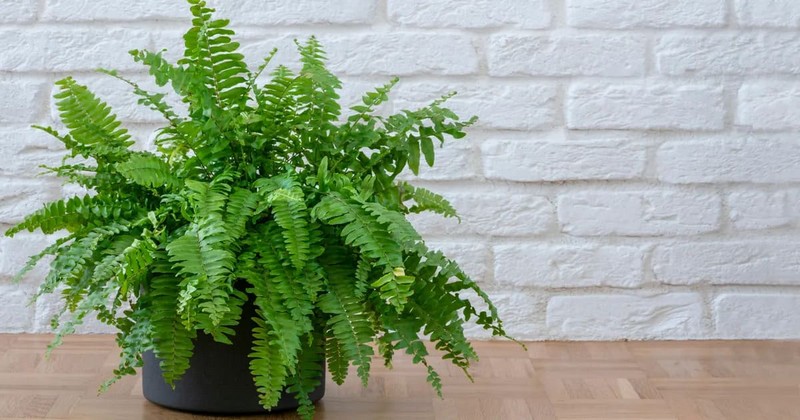
This plant not only helps to remove the home of harmful toxins but also boosts humidity by restoring moisture to the air naturally. The flowing leaves make them ideal to hang and add a pop of vivid green to a room.
Pineapple Palm
Pineapple plants, a type of Bromeliad, will be a bold statement in your home due to their beautiful foliage and large leaves. Interestingly, this plant not only can purify your atmosphere and remove harmful toxins but is also said to reduce snoring.
Snoring is frequently a result of obstructed air movement through the nose and throat during sleep. By enhancing the oxygen concentration in the room, a pineapple palm might help in mitigating snoring, which is often exacerbated by poor air flow and oxygen intake.
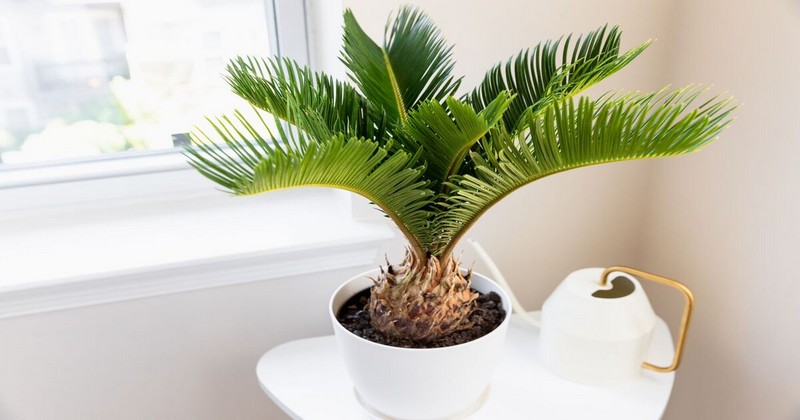
Pineapple flowers can be a perfect choice if you want to make something outstanding in your interiors.
Snake Plant
Snake plants are known for their ability to reduce toxins and pollutants from the air, such as formaldehyde, benzene, and xylene. They can thrive in low-light environments, making them a great choice for even busy houseplants beginners.
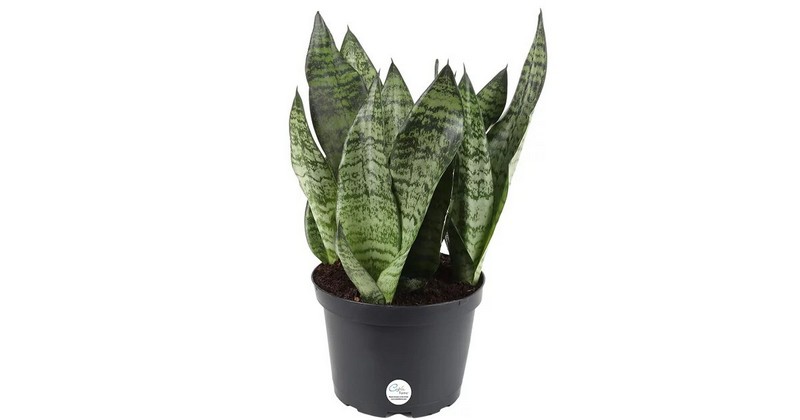
If you keep this plant in your bedroom, you will have a better quality of sleep. This yellow-tipped succulent gives oxygen at night, helping you inhale more easily.
Aloe Vera
Known for its lance-shaped leaves with jagged edges, aloe vera is a popular houseplant for one of the best air-purifying plants. This succulent removes harmful chemicals such as benzene and formaldehyde, usually found in varnishes, floor finishes, and detergents.

Plus, those fleshy leaves have aloe vera gel. You can take advantage by making your own skincare or haircare products.
English Ivy
This easy-to-grow flower effectively reduces airborne fecal particles, making it a great air-purifying plant for your house. Moreover, English Ivy can help combat mold levels in your home.
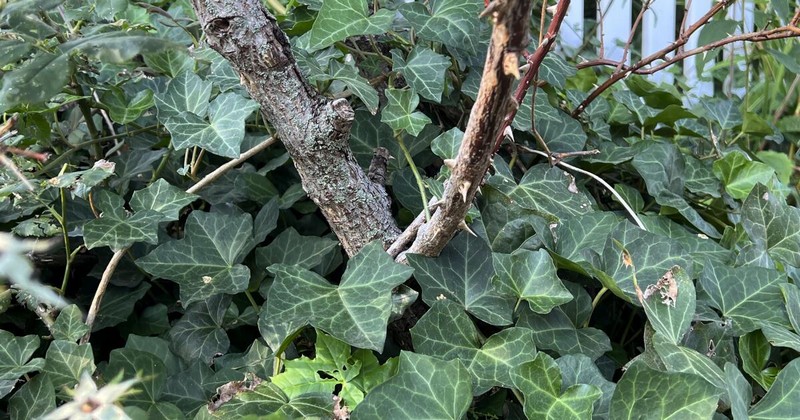
You may have seen English Ivy as a climber on walls and trees outdoors, but it is the top indoor houseplant for air purifying qualities. Ivy plants thrive in small pots and prefer crowded areas. They look stunning in hanging baskets. You can even propagate a cutting in water in a few days.
Flamingo Lily
If you want to make your bedroom more outstanding in design but still fresh and clean, Flamingo Lily is a worthwhile investment. Naturally found in rainforests, this plant wants indirect sunlight, humid conditions, and water to grow. It can bloom year-round and produce beautiful red flowers to make your space stand out.
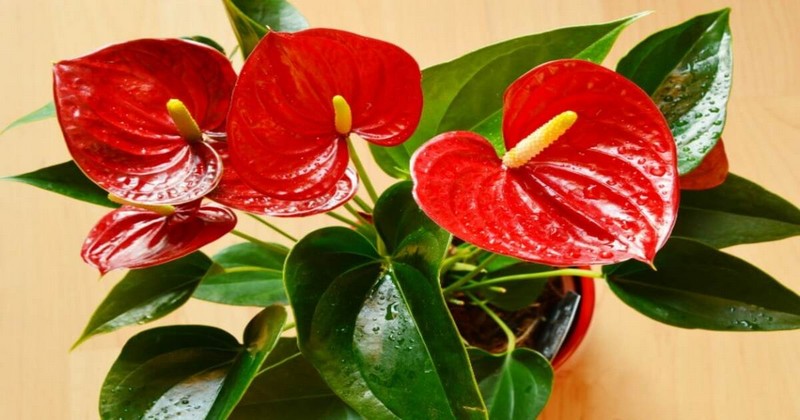
Put your Flamingo Lily close to bright areas but far from direct sunlight. To ensure it is sustained, water is used once or twice a week. They also thrive well in humid conditions, like the bathroom or kitchen.
Chinese Evergreen
This tropical plant has proven an effective cleanser of formaldehyde and benzene in detergents and cosmetics.

The Chinese Evergreen plant has many varieties like Aglaonema Nitidum or Aglaonema Rotundum. It is one of the easiest plants to grow. They endure most conditions but thrive in well-drained soil and humid temps with medium to low light conditions. You should fertilize your Chinese Evergreen plants twice a year.
Why You Should Grow Air-Purifying Indoor Plants?
Clean air studies by NASA and the Associated Landscape Contractors of America in 1989 suggested that some of the best indoor plants for oxygen. Interestingly, many indoor plants filtered out and absorbed common volatile organic compounds (VOCs) that frequently destroy our health. They are formaldehyde, benzene, and trichloroethylene.

What's more, research by B.C. in the early 1990s, Wolverton focused on removing xylene, toluene, and ammonia from indoor plants. Air-purifying plants also delete and use CO2 from the air via photosynthesis to give O2. More recent research concentrates on how the potting mix's micro-organisms and bacteria can mitigate pollutants, particularly benzene.
These indoor plants can improve the mental health of patients in the hospital. Also, it can reduce office workers' mental fatigue and stress levels.
See more: how to grow hydroponic plants
How These Plants Help To Air Purify Your Home
During photosynthesis, plants convert the CO2 we exhale into fresh O2 and remove toxins from our air. Below are how 3 toxins can impact our daily health:
- Formaldehyde irritates the nose, mouth, and throat.
- Benzene causes drowsiness, dizziness, and headaches. This toxin also destroys the bone marrow and red blood cells.
- Trichloroethylene causes dizziness, headache, confusion, and weakness.
See more: hydroponic systems
Frequently Asked Questions
Which Indoor Plant Purifies The Air The Most?
Below are the 10 best indoor plants that purify the air:
- Devil's Ivy or Pothos
- Peace Lily
- Philodendron
- Spider Plants
- Chrysanthemum
- Rubber Plants
- Boston Fern (Nephrolepis exaltata v. Bostoniesis)
- Pineapple palm
- Snake Plant
- Aloe Vera
What Plant Removes 78% of Airborne Mold?
It's English Ivy. As mold affects your breathing and breathing affects your sleep, it makes sense to keep some in your bedroom. However, keep it out of reach of kids and pets because this Plant contains toxic chemicals.
Which Plant Is Best For Indoor Air Quality?
The Philodendron will be at the top of the list for the best indoor air quality. This plant can purify your toxic environments and serve as a decoration item in your house. What a worthwhile investment.
How Many Plants Do I Need To Purify The Air?
It depends. Let's take a simple calculation. About 10 plants per square foot are required in your home to feel any impact on indoor air quality.
Let's break it down. For a 320-square-foot room, you need about 3,200 plants for that room alone.
With the average American home around 2,300 square feet, 23,330 air purifying plants are needed to considerably impact air quality. That's too much!
When shopping for air purifying indoor plants, it's important to consider more than just the appearance. Don't forget about the safety of your pets and small children!
Hopefully, the best indoor plants for oxygen mentioned above will be a good consideration for you before purchasing. And don't worry. All these plants will also level up your home decor.
